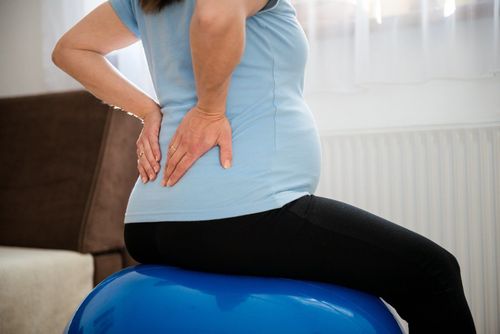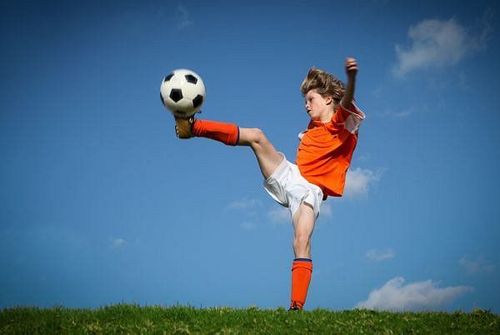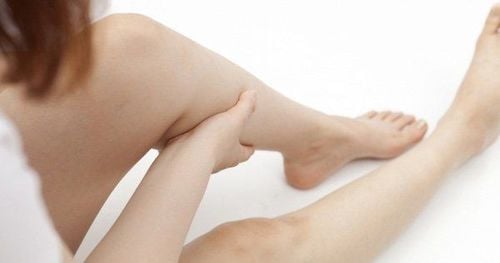Cramps while swimming is a very dangerous phenomenon. This occurrence reduces swimming ability and, more severely, can lead to drowning. Cramps can occur in anyone, including proficient swimmers. The following article will help us better understand the phenomenon of cramps while swimming.
1. What is a cramp?
A cramp is a sudden and involuntary muscle contraction. This is an unwanted phenomenon that causes intense pain in the muscles, making movement more difficult.
Cramps commonly occur in the calves and the muscles of the feet, but they can also occur in the thighs, hips, arms, hands, abdominal muscles, etc.
Cramps can happen at any age, but individuals who frequently experience this phenomenon are often those who engage in sports regularly and the elderly.
2. Why is it easy to get cramps while swimming?
Some main reasons for cramps while swimming include:
- Improper warm-up before swimming;
- Exerting excessive force while swimming;
- Insufficient calcium in the body.
When swimming in water, especially as the temperature drops, cold water causes our bodies to lose heat rapidly. To generate internal heat and maintain core temperature, the body starts to shiver. The temperature regulation mechanism is activated by the hypothalamus, causing blood vessels that supply blood to the limbs to constrict to prevent heat loss from vital organs. This leads to oxygen deficiency in the limbs, and in cold water conditions, it becomes very easy to get cramps while swimming.
Excessive physical exertion, sweating excessively (dehydration) can also make you prone to cramps.
When swimming, extending your toes causes all the muscles in the leg to form a tight structure from the calf to the toes. Keeping your feet in this position while swimming is also a reason why you may get cramps while swimming.
Cramps while swimming are very dangerous because the pain from cramps can impair your swimming ability, and more seriously, it can lead to drowning.
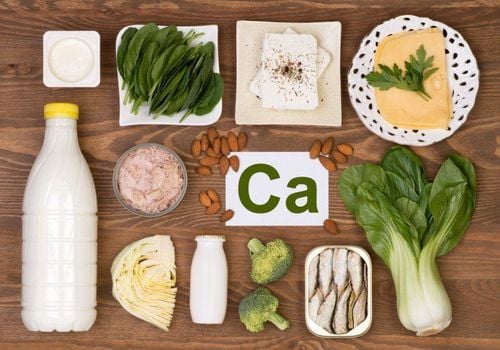
3. Groups prone to cramps while
swimming
Groups prone to cramps while swimming include:
- Novice swimmers:
If your swimming technique is not good, when entering the water, due to poor balance on the water surface caused by weak propulsion, you will have to kick very hard and bend your knees a lot. This consumes a lot of energy, adds pressure to the leg muscles, making you prone to cramps while swimming. Cramps are more likely to occur when swimming in cold water.
- Infrequent swimmers:
Swimming only occasionally makes the body work harder to stay afloat. Particularly, those who engage in bodybuilding are more prone to cramps due to their large muscle mass, causing the body to sink. Therefore, the need to exert more effort to stay afloat tires the body quickly and makes cramps more likely to occur.
- Elderly individuals:
This group typically engages less in physical activity, which is why older individuals are more prone to cramps. The muscles in older people do not contract quickly and efficiently, especially during sudden intense movements. Muscles may not respond well to sudden changes in movement or temperature, leading to leg cramps. Additionally, individuals with diabetes or cardiovascular diseases often suffer from peripheral artery disease, reducing blood flow to the legs, resulting in cramps while swimming.
- High-intensity training enthusiasts:
The body may not have adapted to the high volume of intense movements, and the buildup of lactic acid during high-intensity swimming can make you more prone to cramps.
Furthermore, cramps also occur in individuals who misjudge their swimming abilities. They exert excessive force, weakening their muscles, lacking endurance, unable to cope with sudden increases in resistance to overcome the water's force. This leads to oxygen deficiency, making swimmers more susceptible to cramps.
4. Tips for preventing cramps while swimming
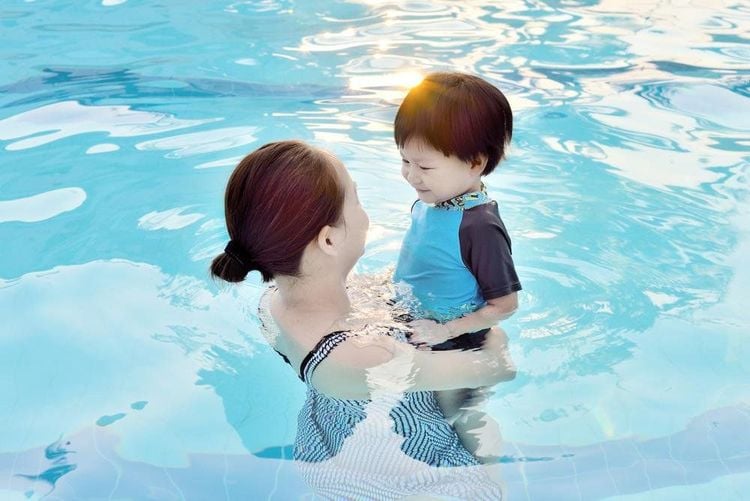
- Before swimming, it is important to warm up properly, especially in cold or chilly water. In hot weather, ensure you are well-hydrated. Warm up your muscles and joints with varying intensities. Start with short-distance runs, change positions quickly, and return to a balanced state. Continue warming up your neck, hip joints, knees, ankles, toes, moving the joints clockwise and counterclockwise;
- Avoid swimming in deep water if your swimming abilities are limited. Do not use swim fins to swim faster because using swim fins requires you to increase the tension in your toes, making you more prone to cramps while swimming;
- Once your body has adapted to the water environment, swim gently, accurately, and comfortably. Do not swim too far, stay away from whirlpools or strong currents. When your body is tired, your swimming movements are not coordinated, you need to slow down and swim slowly to the shore, do not try to swim further, as you are at risk of cramps or secondary hypothermia;
- For individuals with diabetes or cardiovascular diseases, it is best not to swim;
- For swimmers, especially those training intensively, it is important to stretch before and after training, always have a water bottle nearby to stay hydrated when needed;
- For older individuals, a general health check-up is recommended before swimming;
- After swimming, take a 10-15 minute rest, then shower with warm water, continue stretching to prevent muscle stiffness.
Cramps while swimming are a common phenomenon, not only affecting health but also posing a threat to life. Therefore, we need to equip ourselves with swimming skills and knowledge to handle potential incidents while swimming to avoid unexpected occurrences.
To arrange an appointment, please call HOTLINE or make your reservation directly HERE. You may also download the MyVinmec app to schedule appointments faster and manage your reservations more conveniently.


